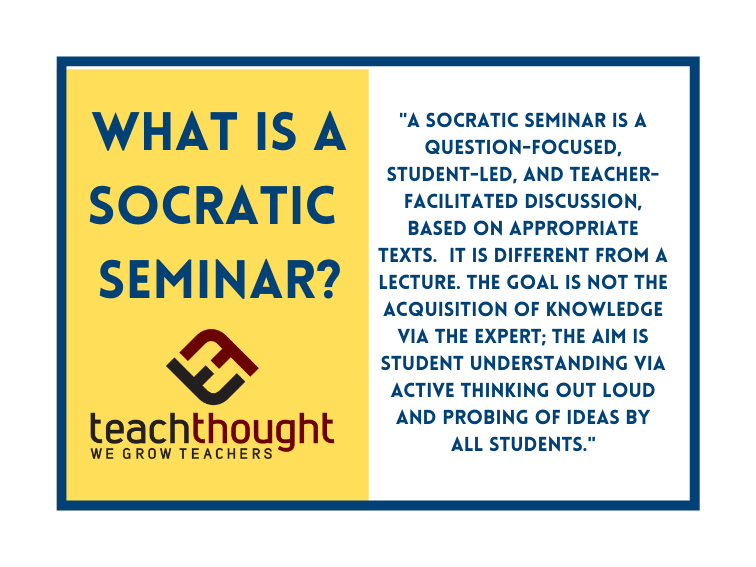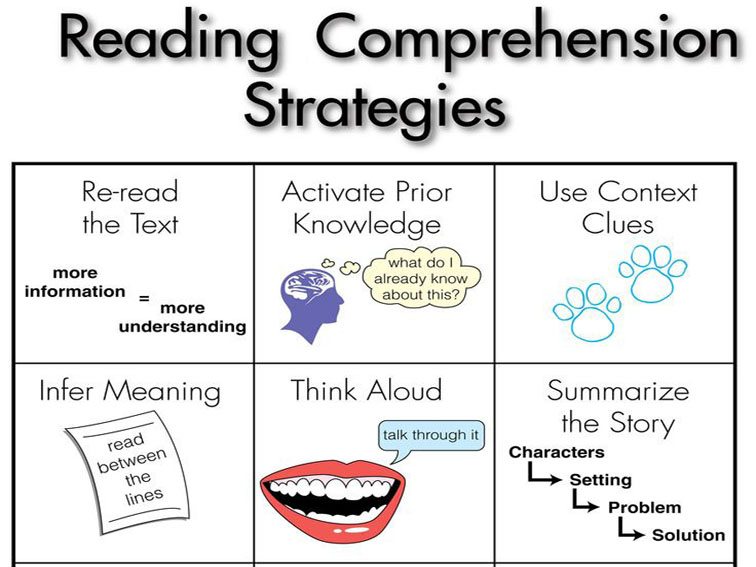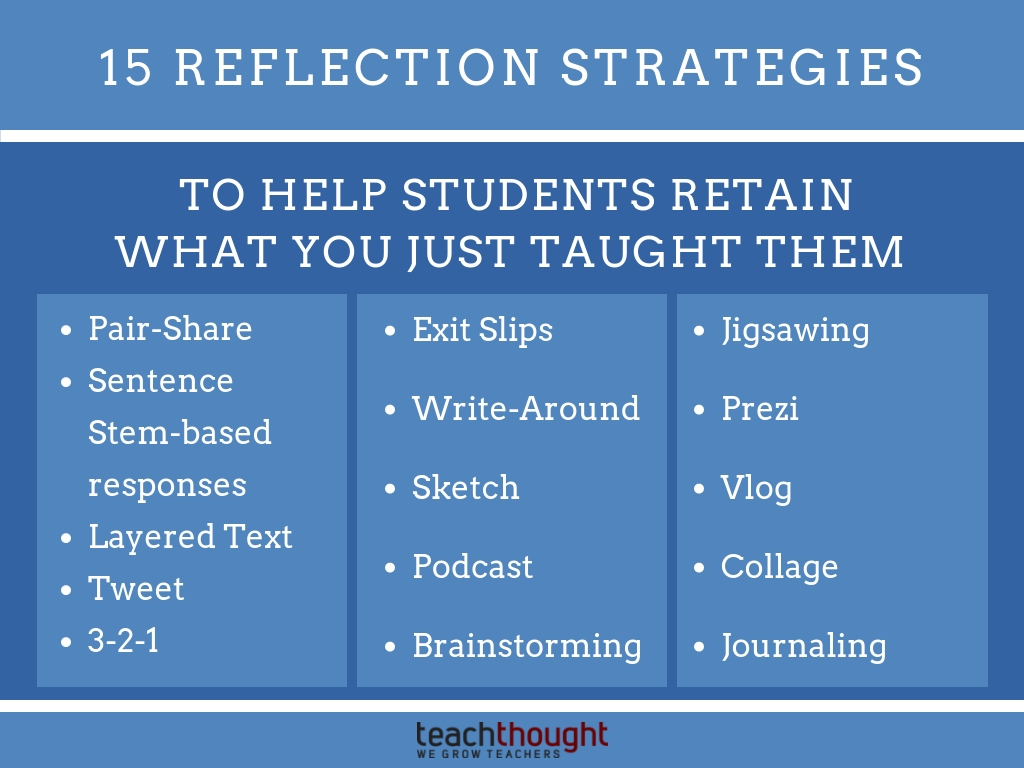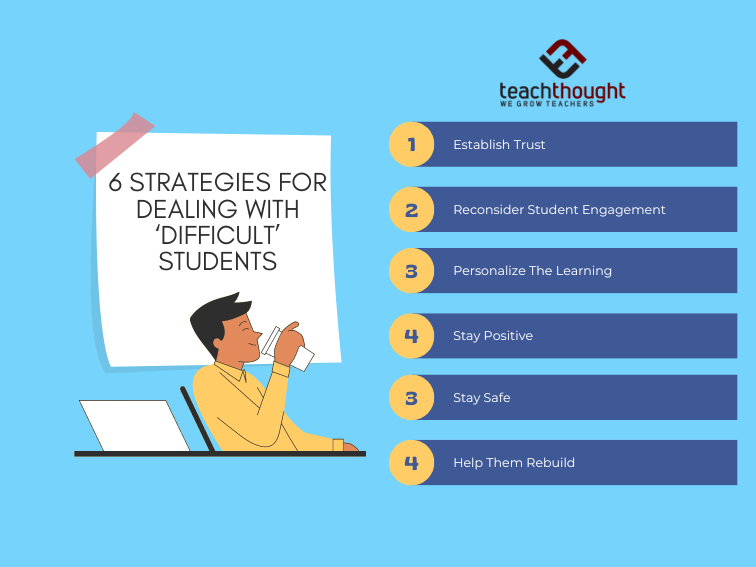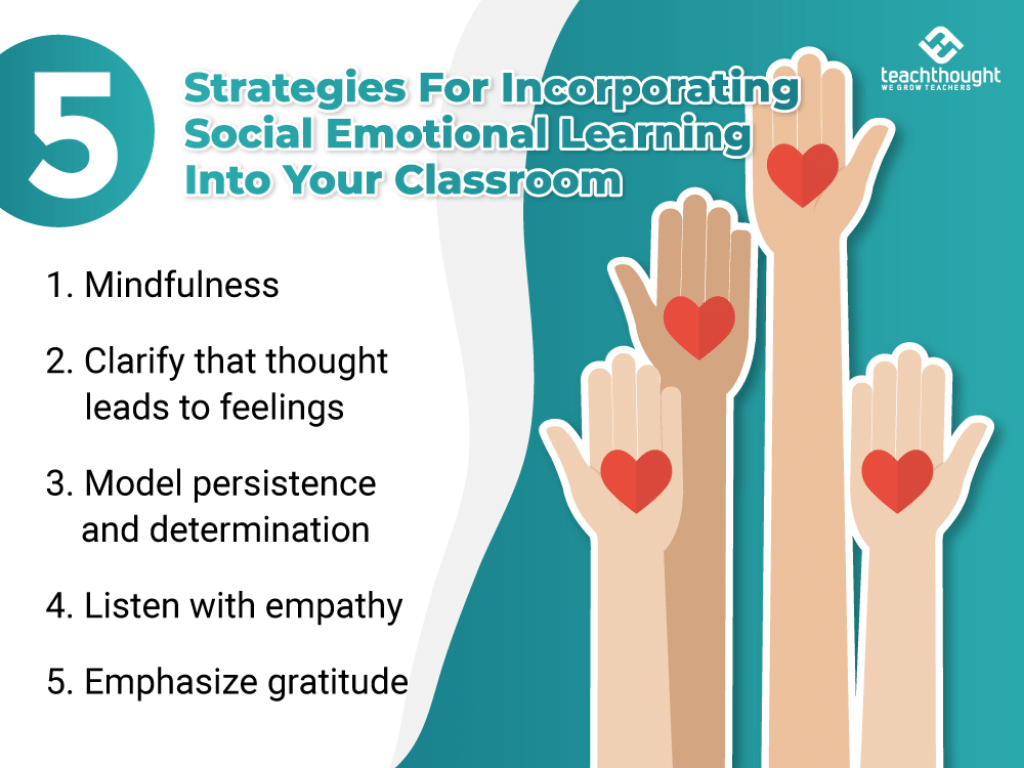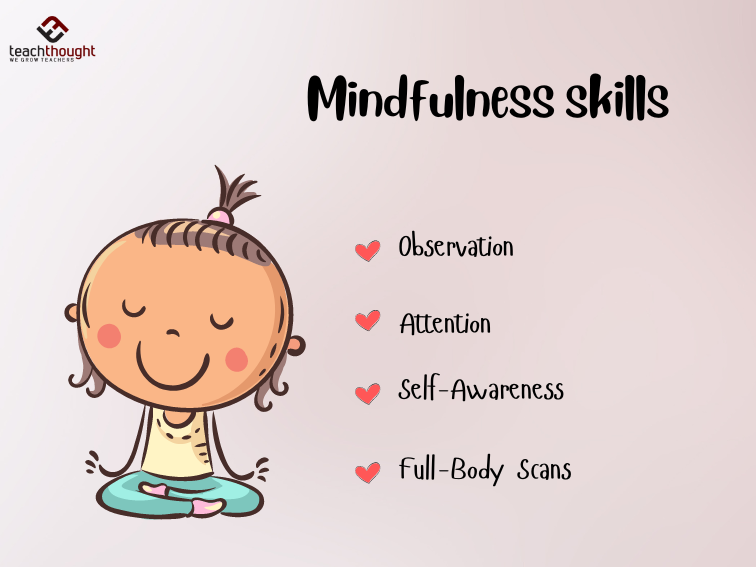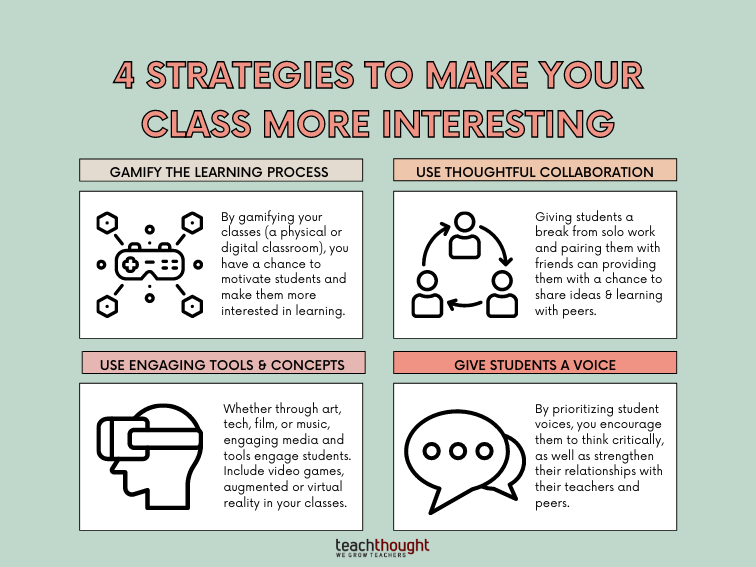Tag: Strategies
The Definition Of A Socratic Seminar
The goal of the Socratic seminar is to foster critical thinking by examining inaccurate/incomplete beliefs and the assumptions behind them.
25 Reading Strategies That Work In Every Content Area
Reading strategies useful in every content area include Questioning the text, Visualization, and using Context Clues to infer meaning.
Strategies To Help Students Retain What You Taught Them
By asking students to leave a little learning on a chair by the door on the way out of the classoom, exit…
6 Strategies For Dealing With ‘Difficult’ Students
From building trust and relationships to cultivating responsibility, here are 6 strategies for working with your most ‘difficult’ students.
5 Strategies For Incorporating Social Emotional Learning Into Your…
These five strategies social emotional learning strategies will not only benefit students, but can also be beneficial to teachers, too.
What Are Mindfulness Skills?
This Full Sensory mindfulness activity, combined with the ‘non-thinking zone,’ are important assets for teachers and students.
5 Out-Of-The Box Assessment Strategies Every Teacher Should Know
Students need access to lower-level information to then use in higher-level thinking that requires them to synthesize disparate perspectives.
How To Make Learning More Engaging For Students
Teachers who lead inspiring lessons are the most memorable. Here are 4 strategies that you can implement to make learning more engaging.
